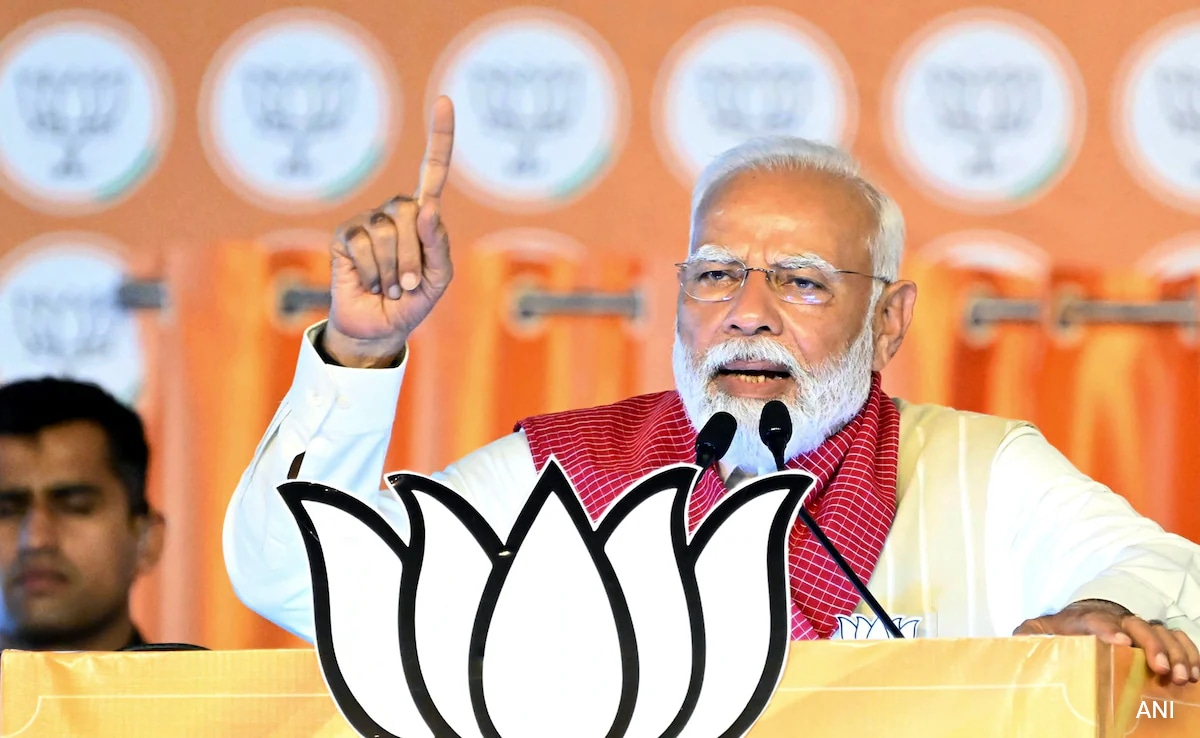pune subway Important achievements have been made in the development of public transportation.
Nonetheless, it has successfully completed its trial run from Shivajinagar Civil Court metro station to Swargate station. The trial marks a key moment as the metro line will pass beneath the Mutta River.
The trial run began promptly at 10:58 am on Monday with the train passing through major stations such as Budhwar Peth and Mandai before reaching its final destination of Swargate at 11:59 am. The whole journey is 3.34 kilometers and takes 1 hour, maintaining a stable speed of 7.5 kilometers per hour.
Construction of tracks and related signaling and telecom infrastructure along the Civil Court-Swargate Metro section has been completed, Maha Metro officials told TOI.
However, the official pointed out that the construction work of three metro stations – Kasba Peth, Mandai and Swargate – is still in progress.
Maha Metro Managing Director Shravan Hardikar expressed his enthusiasm to Indian Express that this trial run is a historic event for the region. He highlighted the importance of this underground route which will enhance connectivity between Pimpri Chinchwad and Pune. Hardika also announced plans to implement seamless connectivity between PCMC station and Swargate station in the coming months.
Key people present at the commissioning included Pune Metro Project Director Atul Gadgil, Executive Director Public Relations and Administration Hemant Sonawane and Director Command and Systems Vinodkumar Aggarwal.
Pune Metro Project: Corridor
The first phase of the Pune Metro Rail project includes two important corridors: a north-south corridor, known as the Purple Line, and an east-west corridor, known as the Aqua Line. The ambitious project, which spans 33.1 kilometers and includes 30 stations, aims to revolutionize public transport in the city.
The north-south corridor stretches over 17.4 km from Pimpri Chinchwad Municipal Corporation (PCMC) to Swargate and has 14 stations, including 9 elevated and 5 underground stations strategically located along its route.
The corridor passes through the industrial heartland of Pimpri Chinchwad and then deep into the old city of Pune. Currently, the North-South line from Pimpri to Civil Court is open, catering to the commuting needs of thousands of people. However, the final stretch from Civil Court to Swargate, which is about 3.7 kilometers long, is still pending.
Similarly, the fully elevated corridor stretches 15.7 kilometers from Vanaz in the west to Ramwadi in the east and includes 16 stations strategically placed along the route.
As of now, this corridor from Vanaz to Ruby Clinic is operational, providing a smoother commuting experience to passengers. However, the remaining 5.5-km stretch from Ruby Clinic to Ramwadi is currently undergoing final preparations for the inauguration ceremony scheduled to be held in late February.
In October 2023, Maha-Metro conducted rigorous trials on the Ruby Clinic to Ramwadi section to ensure operational readiness. Subsequently, a team of the Commissioner of Metro Rail Safety (CMRS) conducted a preliminary inspection in the second week of January this year. Chief Commissioner Janak Kumar Garge led the final inspection of the stretch and completed the assessment on January 22.
Once completed, these two corridors will connect Vanaz to Ramwadi and PCMC to Swargate, thereby significantly expanding the total operational mileage of the metro from the current 24 kilometers to 33.1 kilometers.
Follow us on Google news ,Twitter , and Join Whatsapp Group of thelocalreport.in
















